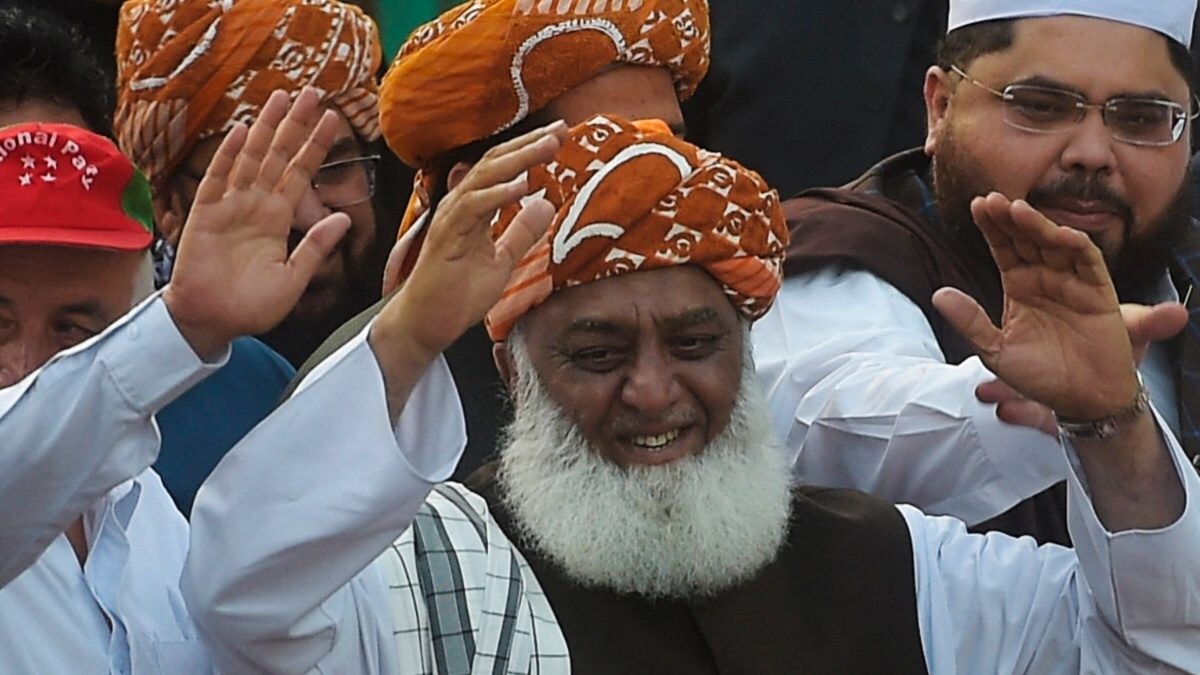[ad_1]
Chabahar port in the Sistan-Balochistan province on energy-rich Iran’s southern coast is a strategic investment by India to boost connectivity and trade ties. Most importantly, it is based around 200 km from Pakistan’s Gwadar port in which China has accrued considerable financial interest.
India and Iran had first reached an agreement back in 2003 to develop a deep water port and free trade zone in Chabahar on the Makran coast. In May 2016, India, Iran and Afghanistan signed a tripartite agreement to create a reliable and efficient “transport corridor for the smooth transport and transit of goods and passengers through port”, and PM Narendra Modi announced $500 million for the project.
As per the agreement, Iran facilitates the development of its deep water port capable of hosting large ships compared to the Bandar Abbas port. The Chabahar port provides direct access to the Indian Ocean, aids in the development of the Sistan-Balochistan province, removes the risk of large scale disruption in the Strait of Hormuz on the Persian Gulf. Since the port is also critical to the development of Afghanistan, the ‘Chabahar Free Zone’ is not under US sanctions, and thus helps attract large-scale foreign investment to Iran.
For India, the port provides a vantage point to monitor Pakistan’s naval movement and the naval expansion of China. The full-fledged development of the Chabahar Port, which is also an entry point to the International North South Trade Corridor being developed, will counter the dominance of the Gwadar Port which has become regional shipping hub.
The International North South Transport Corridor (INSTC) is a 7,200-km-long multi-mode network of ship, rail and road route for moving freight between India, Iran, Azerbaijan, Russia, Central Asia and Europe. According to a survey by the Federation of Freight Forwarders Associations in India (FFFAI), INSTC is 30% cheaper and 40% shorter than the Suez Canal.
Once it is fully operational, Indian vessels that use the Suez Canal to reach St Petersburg after travelling 15,000 km will have to travel only 7,000 km. The other route that Indian vessels take is from the Vlodivostov Port in Russia which is again a 20,000-km journey. This corridor is time-saving and cost effective for India to access Russia, Central Asian countries and Europe.
But progress on the Chabahar Free Zone has been slow despite full commitment at the Prime Ministerial level.
During the recent 23rd Shanghai Cooperation Organization (SCO) summit, Prime Minister Modi reiterated that member states must work towards maximising the utilisation of the Chabahar Port following Iran’s membership of the SCO. The PM added that the North-South Transport Corridor can serve as a secure and efficient route for landlocked countries in Central Asia.
However, of the $85 million pledged by India Ports Global Limited, which operates the terminal, only $25 million has been spent to set up six cranes on the Shahid Behshti Terminal which is not in use yet.
To woo Indian investors, the Iranian government is preparing a petrochemical hub where Indian investors can make ammonia and urea fertilizers in demand for the agricultural economy and can export to India without any duty being paid to Tehran. There have been no takers in India, however, either in private or public sector.
The cricket stadium project, hoped to be a hit among investors in the cricket-crazy sub-continent, too has remained stagnant despite interest expressed by companies. American sanctions and geopolitical instability may have kept investors away.
“A lot of mid-range Pakistan and Afghan companies come to Chabahar. They come, make money and then move out. We some big Indian players to invest and bring some stability to the project,” a senior official of the Chabahar project said.
Asked if the fear of US sanctions is keeping private Indian players from the project, Mohammad Mihiri, consultant to the President of Chabahar Free Zone, said: “Sanctions is an issue, but it can be solved. There are multiple routes through which things can be done.”
And then there is the threat of China swooping in as it had done in Sri Lanka’s Hambantota Port project. Experts, however, say Beijing won’t be interested in Chabahar since it has invested heavily in the CPEC project with Pakistan.
It must be noted, however, that while Indian companies are nowhere to be seen in the Chabahar Free Zone, a Chinese petrochemical company has opened its office here to offer consultancy to other players who want to invest in the petrochemical hub.
Dr Alvite, an expert on the Gulf and Assistant Professor at the Ashoka University, says China is looking for further foothold in the Persian Gulf. “The kind of presence China has in maritime domain… and they also do naval exercises with Iran. We (India) need to really walk the talk and make some serious decisions in terms of more presence on the port.”
While China’s Arab policy talks about investments in the port, the Shanghai International Port Group (SIPG) winning the contract for the Haifa Port terminal in Israel establishes Beijing’s growing dominance in the Gulf. It’s mediation of the long-pending dispute between Saudi Arabia and Iran also lays bare China’s wider ambitions.
India has already been dropped from the rail project by Iran. This happened four years after India and Iran signed an agreement to construct a rail line from Chabahar Port to Zahedan along the border with Afghanistan. The Iranian government decided to proceed with the construction on its own, citing delays from the Indian side in funding and starting the project.
The Indian government is facing a challenging situation concerning the strategic location of Chabahar. The recent fall of Kabul in the hands of the Taliban and the ongoing instability in US-Iran relations has added to the concerns. Private players are seemingly apprehensive about investing in Chabahar, particularly after then US president Donald Trump’s pulled the US out of the nuclear deal.
Additionally, Iranian authorities claim that China is trying to hinder the project as it poses a direct threat to the Chinese-backed Gwadar project in the sea of Oman. India’s next steps in Chabahar evidently require careful consideration.
[ad_2]
Source link




